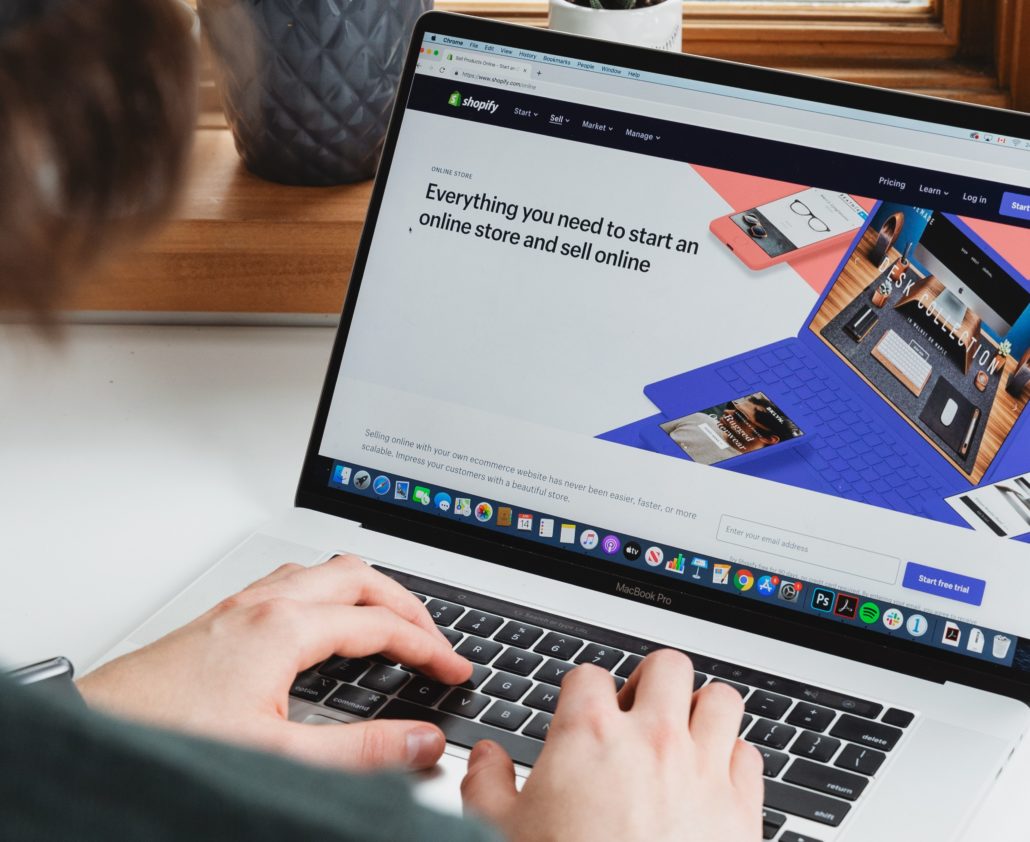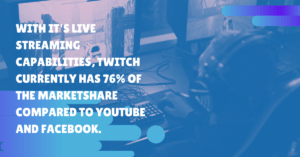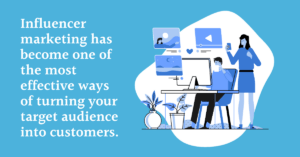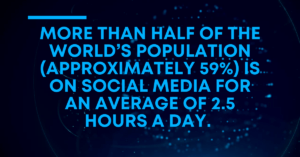E-commerce is a fast growing industry and it’s not slowing down anytime soon. The COVID-19 pandemic only increased the popularity of online stores as more merchants discovered how easy it is to sell online.
And that growing popularity extended to Shopify, one of the leaders in that e-commerce space. There are over 1 million businesses powered by Shopify across 175 countries.
While there is plenty of opportunity for Shopify stores, there’s also a lot of competition out there too. Simply opening up a Shopify store just isn’t enough anymore. Smart Shopify store owners know they need to find an effective way to stand out from other stores and reach their audience and many of them are turning to influencer marketing for help.
What is Influencer Marketing?
Influencer marketing is working with third-party individuals, often known as influencers or online creators, to promote a product to their audience.
Influencer marketing is not new. Brands and retailers have been paying celebrities to star in their commercials or promote their products for decades. But the internet has introduced a new type of promoter. All across the world everyday people have learned how to build personal brands and loyal followings on social media platforms like Instagram, YouTube, Tiktok. Brands can tap into an influencer’s creativity and their engaged audience by working with them to promote their Shopify store and products.
Why should you use influencers?
Influencer marketing is no longer a new fad. It’s a true strategy that is trusted by marketers. Today, 89% of marketers believe influencer marketing is effective and 42% of marketers consider it to be their top ROI-generating marketing strategy.
Influencer marketing works for a few reasons.
The first is trust. The simple adage is true: people are more likely to trust other people’s recommendations over a brand’s advertising. The influencer has already built up a high level of trust with their audience and when they recommend a product or service, it comes across as a trusted recommendation from a friend. Audiences will pay much more attention to this than they would an Instagram ad from a brand they don’t recognize.
The second is reach. Social networks are crowded and loud and breaking through them to reach someone new is harder than ever. Building your organic social media presence and even paying for ads won’t guarantee that your ad will be seen by your target audience. When you work with an influencer, you’re cutting through all the social media noise because the influencer has done the hard work of building up an engaged audience who wants to see and engage with their content.
And finally, the last reason influencer marketing works is that it’s adaptable. Influencer marketing can be made to fit any business. No matter who your target market is, you can find more than one influencer whose audience is in that market. As we continue our series, there are also so many different ways you can work with influencers and create your campaigns. Influencer marketing is endlessly adaptable!
Different Types of Influencers
One of the biggest misconceptions about influencer marketing is that you need to find one with a massive audience in order to see success. There are a few types of influencers and either one could be the best fit for your Shopify store, depending on your goals and your audience.
Mega Influencers
Megan influencers have the biggest audience of any influencer. Their audiences are usually over a million followers and they are often “more famous than influential.” Mega influencers include reality stars, athletes and celebrities. While they have the biggest reach, mega influencers usually have lower engagement rates and they are usually the most expensive influencers to work with.
Macro Influencers
Macro influencers usually have a follower count between 100,000 and one million followers. If you are trying to reach the biggest audience, then you want to target macro influencers for your campaigns. However, macro influencers often charge higher prices than other influencers.
Micro Influencers
Micro-influencers have between 10,000 and 100,000 followers. While their audiences are smaller than macro-influencers, they usually have higher engagement rates. Micro-influencers usually have a more defined niche. Micro-influencers are often the perfect people for brands and store owners who want to start working with influencer marketing because micro-influencers have well-defined audiences and high engagement rates and are more affordable than macro-influencers.
Nano-Influencers
Nano-influencers is a newer level of influencer and as the name implies, they have a smaller number of followers. Typically, they have between 1,000 and 10,000 followers. They tend to have a heavy influence in their personal spheres of friends, family members and acquaintances.
No matter what type of influencer you want to work with, the most important thing is that their audience matches yours.
How to Find Influencers
One of the biggest mistakes brands make with influencer marketing is working with the wrong influencers. Just because someone has the biggest following, it doesn’t mean they’re going to give your brand the best results. Instead, you need to find influencers who have engaged audiences that are the right fit for your product.
To start promoting your Shopify store with influencer marketing, you must first have a clear understanding of your target audience.
- Who buys your product?
- What are their demographics?
- Do they work in certain industries or are they within a certain age range?
- Where do they live in the world?
- What are they interested in?
Studying your current customers and audience will point you toward the influencers that are the best fit for your brand. This information will save you from working with influencers who won’t deliver the results you want. Once you have a clear picture of your audience, you can start searching for influencers who reach that audience.
Finding your influencers is one of the most time-consuming and trickiest pieces of an influencer marketing campaign. Luckily, Sideqik makes this piece much easier. Sideqik Discovery helps brands find the right influencer quickly and easily.
By using Sideqik’s Quick Search Tool, you can quickly search over 10 million profiles using customizable filters such as audience size, engagement rate, keywords, audience demographics, and location.
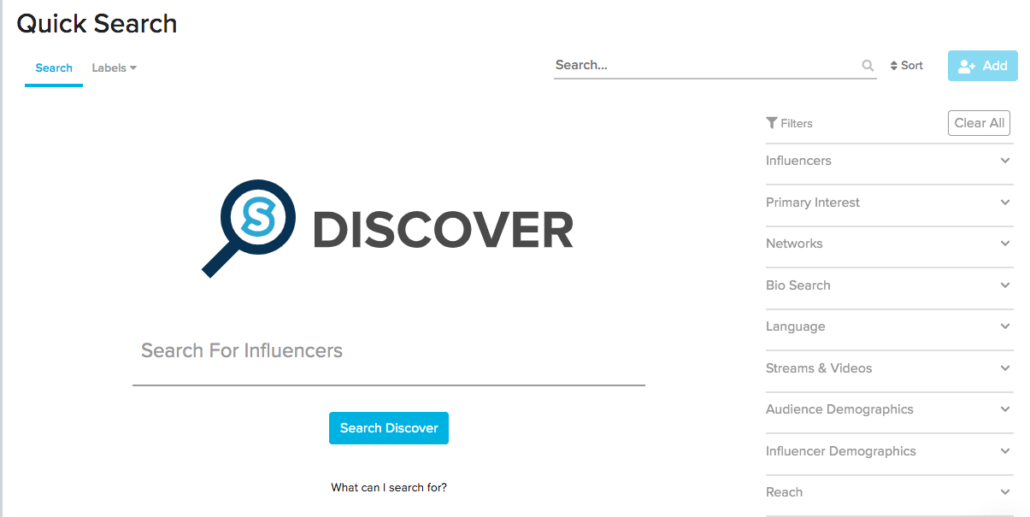
Once you’ve entered your search criteria, you can browse influencer profiles for a more in-depth look at that influencer’s reach, engagement, content, and audience. Once you’ve found an influencer who could be a good partner, you can add a label to short prospective influencers and keep track of them when you’re ready to kick off your campaign.
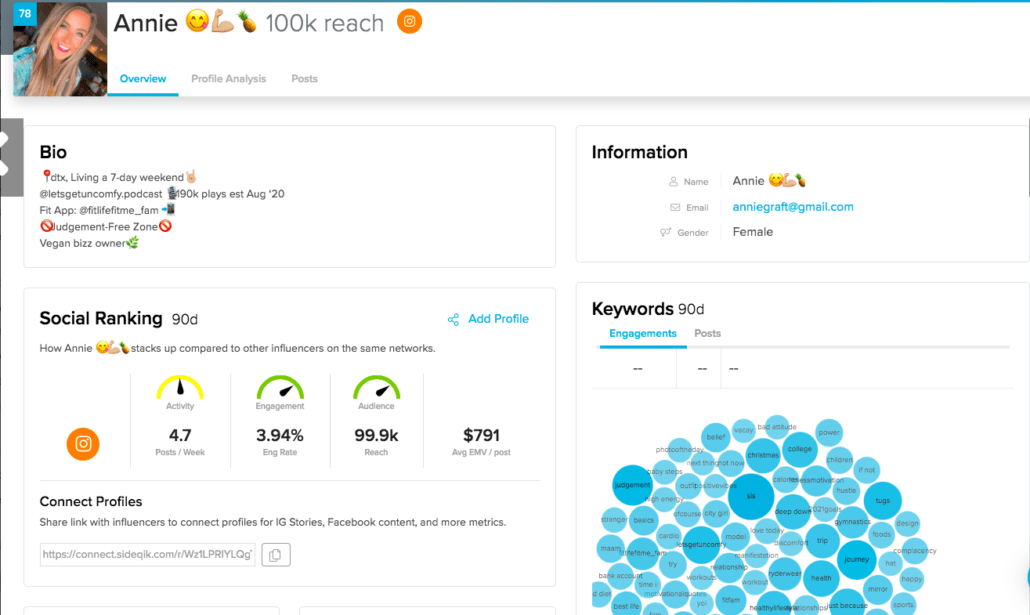
Or to save time, you can set up a Smart Search, which allows you to create saved search queries that automatically update with new results as our database grows.
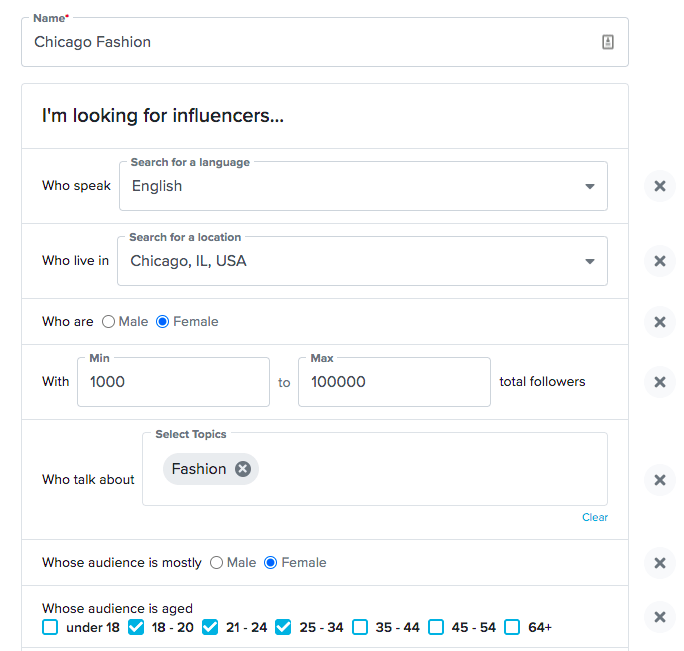
In no time, you’ll have a batch of influencers perfectly suited to your Shopify store.
In our next post in this series, we’re sharing how to work with influencers and how Sideqik helps you scale your influencer marketing strategy so you can see more results and more revenue.
Sideqik now integrates with Shopify! Sign up for a demo to discover how Sideqik helps you using influencer marketing for your Shopify store to drive more revenue.
Nancy Rothman
Latest posts by Nancy Rothman (see all)
- How Travel Brands Can Use Influencer Marketing to Stay Afloat as the Pandemic Continues - February 22, 2022
- Influencer Marketing Trends to Watch (And Prepare For) in 2022 - December 31, 2021
- A Guide: How to Recruit the Right Influencers for Your Brand - December 30, 2021

